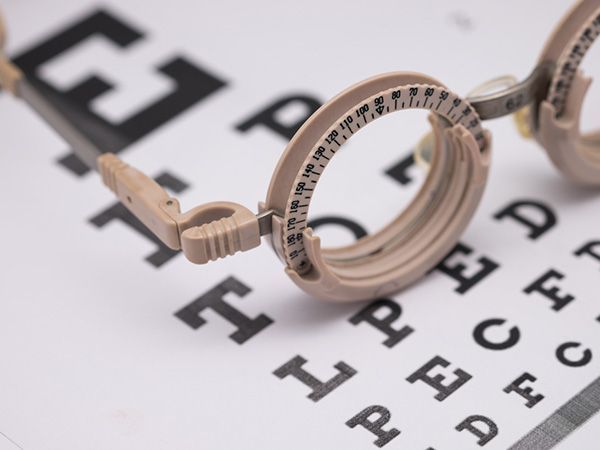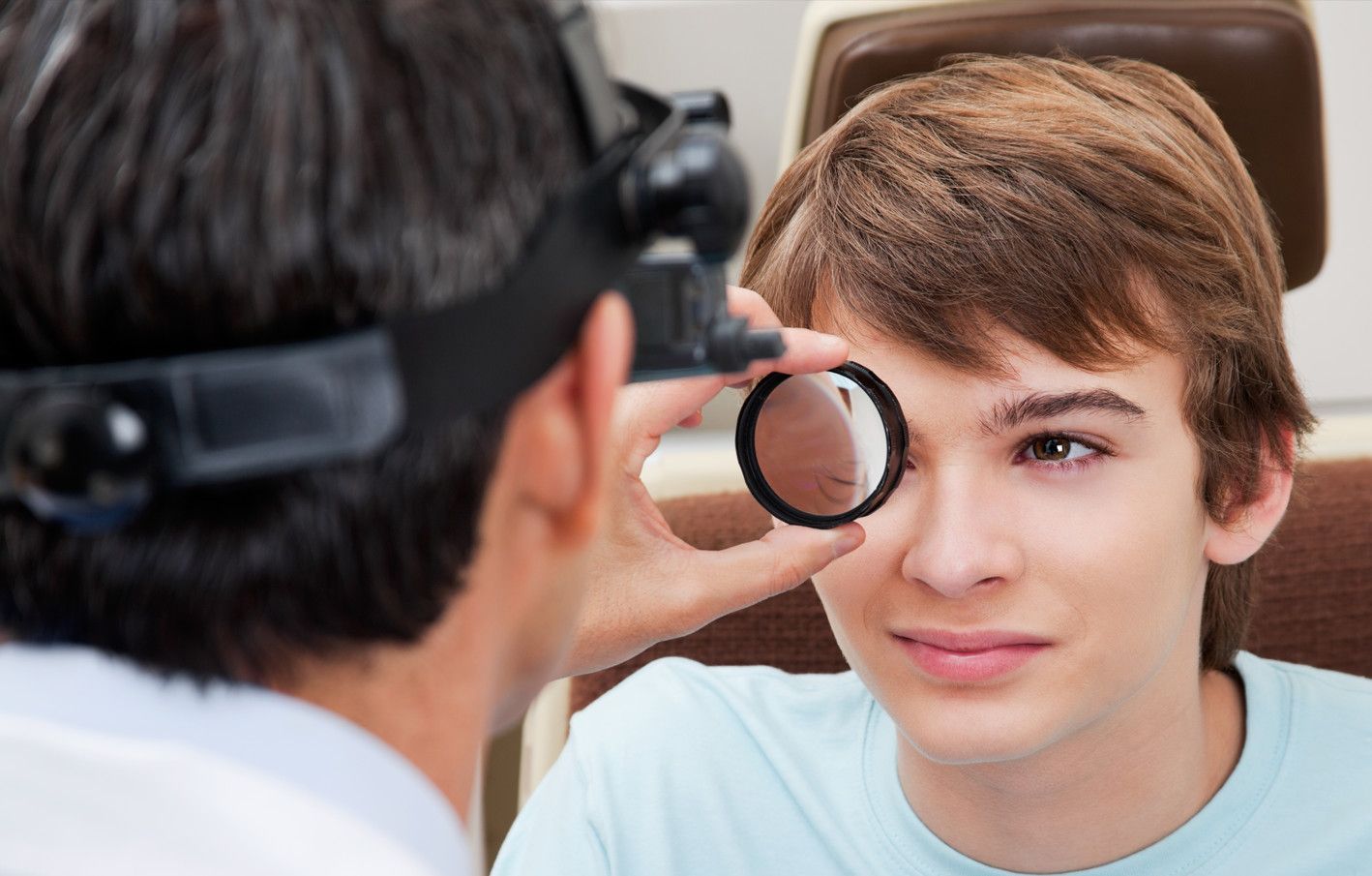Cataract Treatment

Cataracts are a well-known ocular condition that most people associate with being of older age. Whilst they are more common in patients over the age of 40, and one of the leading causes of blindness in the world, they can affect anyone at any time. If you develop a cataract, you may not have any major symptoms immediately, but over time, you will find that your vision deteriorates to the point that it has a substantial impact on your day to day life. Simple activities such as driving, watching tv and reading can become difficult or even impossible.
Cataracts and their causes
A cataract is an area of the natural lens of the eye that is clouded and gives the patient the effect of looking through frosted glass. Although they may only appear in one eye, it is fairly common to experience them in both. That said, they don’t necessarily develop at the same rate and this means that you may have better vision in one eye than the other. This clouding occurs when tissues within the lens of the eye begin to break down and clump together, causing blockages in your vision.
Cataracts can develop for a number of reasons. Often, they are a result of the natural aging process, but they can also be caused by injury to the eye, as a result of taking certain medications or because you have another eye condition.
Symptoms of cataracts
Cataracts tend to develop very slowly, meaning that it can take some time for symptoms to become noticeable. When they do, they usually include blurred vision, difficulty tolerating bright lights, episodes of glare, colors seeming pale and faded and finding it tricky to see in low light.
Treatment for cataracts
In the past, patients who were diagnosed with cataracts were often advised to wait until their vision was severely impaired before seeking treatment for their cataracts. However, it is now possible to successfully remove a cataract at any stage and this has led to many patients choosing to have surgery fairly on before they have to suffer the inconvenience of disturbed vision.
Cataract treatment typically involves surgery to remove the natural lens of the eye and replace it with an artificial alternative. It is often referred to as an IOL or refractive exchange. The process can be carried out using just a local anesthetic, though you may be able to be sedated if needed. The entire surgery takes around 45 minutes.
After dilating your pupils with eye drops, a small incision will be made into the cornea and through this, we will insert a tiny probe. This probe emits ultrasound waves that breakdown the cataract so that it can be removed using gentle suction. The remaining pieces of the lens of the eye are also removed, and your artificial lens or IOL (intraocular lens) is inserted in its place.
Healing after cataract surgery is usually straightforward although you will need someone else to drive you home and you may need to take a few days off of work until your vision clears and stabilizes. This normally takes a maximum of 5 days. Since your vision will be impaired in the meantime, we would recommend that if you have cataracts in both eyes, these are removed at different times. This will ensure you don’t experience total vision loss during your recovery period.
We are pleased to be able to offer comprehensive cataract treatment at our state-of-the-art eye clinic in Cleburne, TX. For more information, or to schedule your consultation, please get in touch with us by calling (817) 645-2189.






